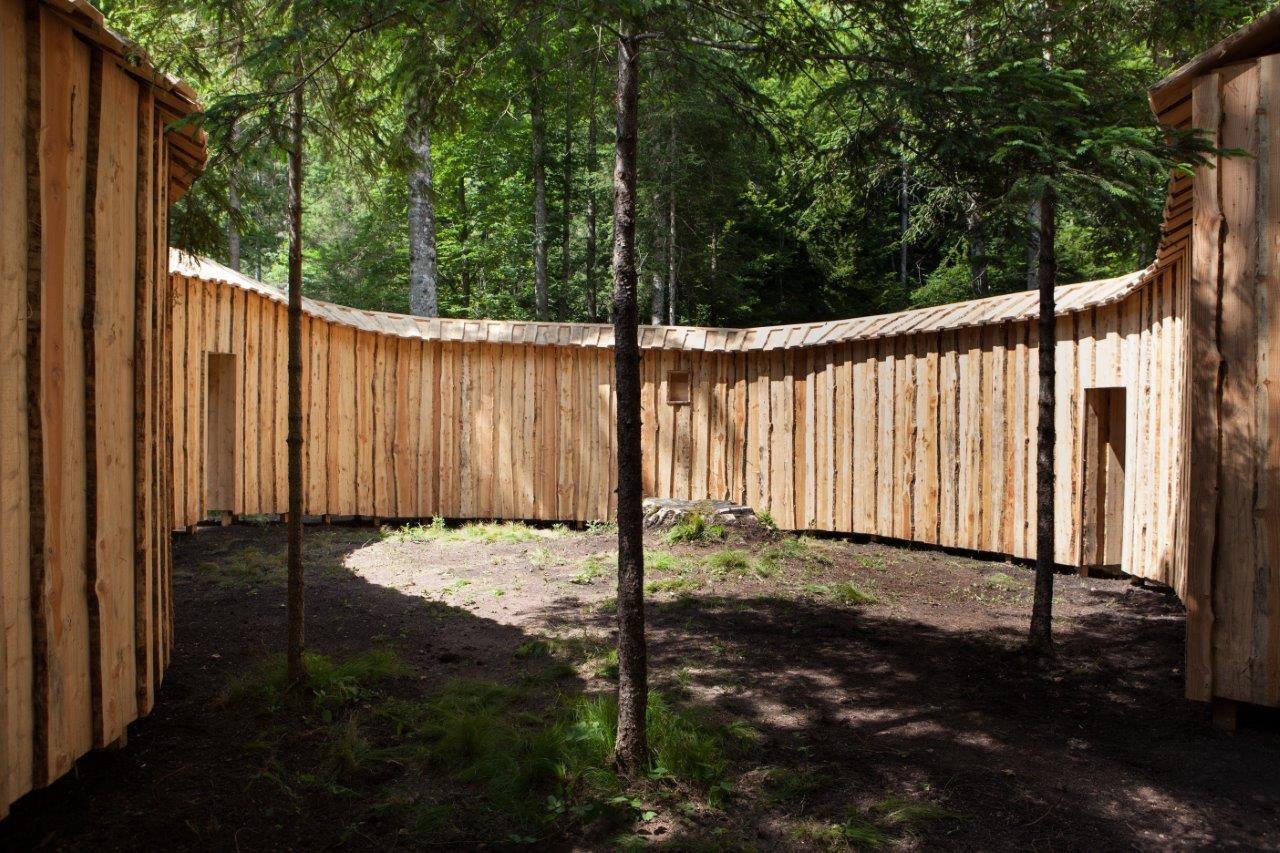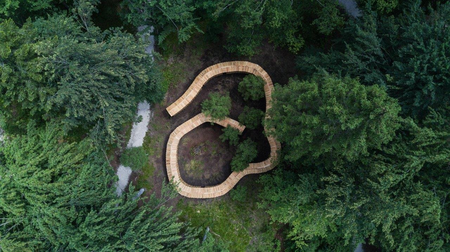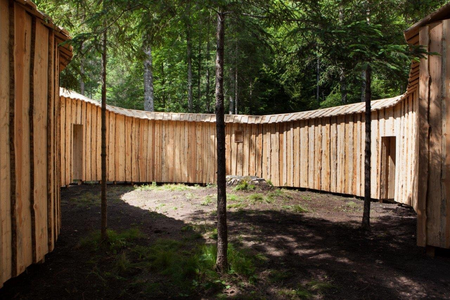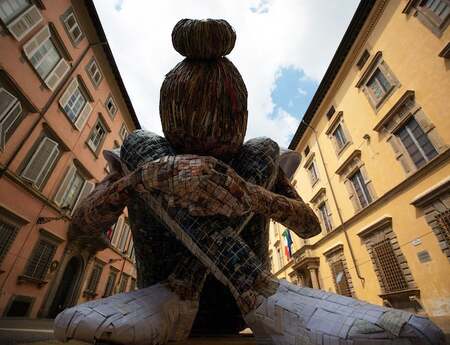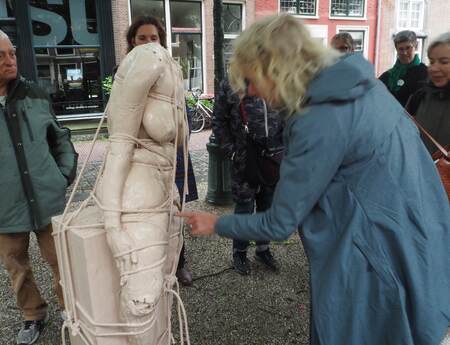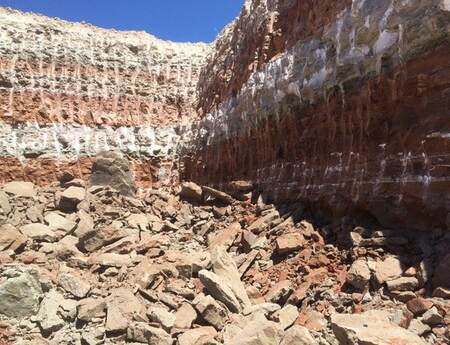Arte Sella Self Portrait
Thirty-two years of a continuous dialogue between art and nature
It’s a good time to write about the Arte Sella contemporary art project again. Following our article in 2016, about the 30th anniversary of the foundation of Arte Sella in Borgo Valsugana (Trentino-Alto Adige, Italy) in 1986 by a group of friends who lived in the village, we are now writing about Arte Sella because of the new works of art and events, specifically “Arte Sella Self Portrait” that will take place on the 16th of September.
What began as a sort of Biennial festival subsequently became a permanent collection located in three different sites. Today Arte Sella is a sculpture park located in the garden of Villa Strobele, along the ArteNatura Route and in the Malga Costa Area. The whole park is best known for the plant Cathedral (an impressive installation by Giuliano Mauri). Nevertheless artists like Nils Udo, Chris Drury, Patrick Dougherty and Michelangelo Pistoletto also worked here in Borgo Valsugana.
Every year new works are added to the park thanks to the artist-in-residence project conducted by the Arte Sella association. The Arte Sella association also has a scientific committee which is responsible for selecting site-specific projects that could be created for the park. Artists are chosen from those admitted to the residence program.
Since the 30th anniversary the board has also chosen to contact well-known figures from the world of design and architecture.
It all began in 2017 with Atsushi Kitagawara and his “Forest Byoubu”. Atsushi Kitagawara became famous in Italy due to the Japan Pavilion he created for the Expo 2015 (held in Milan) and his forest reminds us of the pavilion structures.
In 2018 Arte Sella already presented two new artworks from two major architects. One was “Kodama” by Kengo Kuma, while the latter was “Dentro Fuori” by Michele De Lucchi. There is no doubt about the first-class international profiles of these two artists. Kuma is widely appreciated for his Material theory and he is also the man behind the future Tokyo Olympic Stadium that will serve as the main location for the next Olympics.
Kuma presented “Kodama” at Arte Sella last May. The completed work was a complex sphere composed of several solid larch wood elements. The installation was built thanks to assistance from Kengo Kuma Lab (Tokyo University), Politecnico di Milano & d3wood and Ri-Legno.

In June it was De Lucchi’s turn for a presentation. The architect, who is also the director of Italian architecture magazine Domus, was responsible for the installation “Dentro e fuori” (“in and out”). This work is much more architectural than Kodama’s. In order to fully experience “In and out” we have to enter this “free architecture” and be inspired by nature. “In and out” acts like a barrier and a tunnel at the same time. It’s a wooden snake made of larch combined with nature - it suggests where and how to be inspired by nature.
And there is more to come: July was the time for another presentation held in Arte Sella. This time it was a performance designed by American artist John Grade. We have to remember that Arte Sella is not just a sculpture park but, also an experimental platform for contemporary art in the broader sense. This platform, not only allows art and nature to merge, but also provides sculpture and the performing arts the freedom to influence each other.
Plus, there is a lot more to see in the upcoming weeks: comprehensive presentations of brand new works of art from Rainer Gross, Cédric Le Borgne and Gianandrea Gazzola will be presented free to the public, along with the works mentioned above by Kengo Kuma, Michele de Lucchi and John Grade. This annual event usually is called “Arte Sella Self Portrait”.
From 1986 pieces placed in Arte Sella must meet a few basic conditions: “1) The artist is not the absolute protagonist of the piece, but accepts that nature completes his work 2) Nature must be protected as a vault of nature 3) Nature is not only protected, but interpreted even in its absence, thus changing the ecological relationship. 4) The works are placed randomly and are made of natural materials. They come from the landscape and are allowed to return to nature.
The new works, as is usual, will also conform to these simple rules. We are curious to see how the artists will deal with Arte Sella’s rules this time around.
Arte Sella is a place that is hard to forget. The beauty of the valley, the poetry, the simplicity and the power of the message are all still vividly etched upon the minds of the people who have visited the park. I have visited Arte Sella several times in different seasons over the years and every time it was a completely different experience. Perhaps that is because of the passing of time, perhaps because of the force of the wind, water and sun as they wear everything down. It is hard to say, but surely a lot is related to the pure aesthetic of the concept that stands behind the whole collection. Art in Arte Sella are made by nature first, by artists second. If you ever visit here, you will most certainly agree with me.
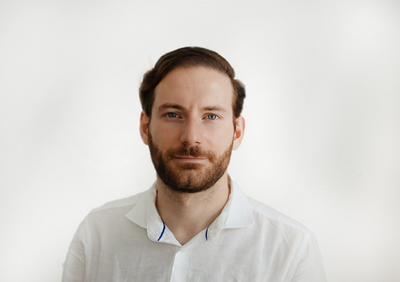
Author: Nicola Valentini
Italian artist historian specialized in contemporary sculpture and new technologies recently joined our team in Munich for an internship.
Photo: Michele de Lucchi, Dentro fuori (2018) Photo: Giacomo Bianchi, copyright Arte Sella
